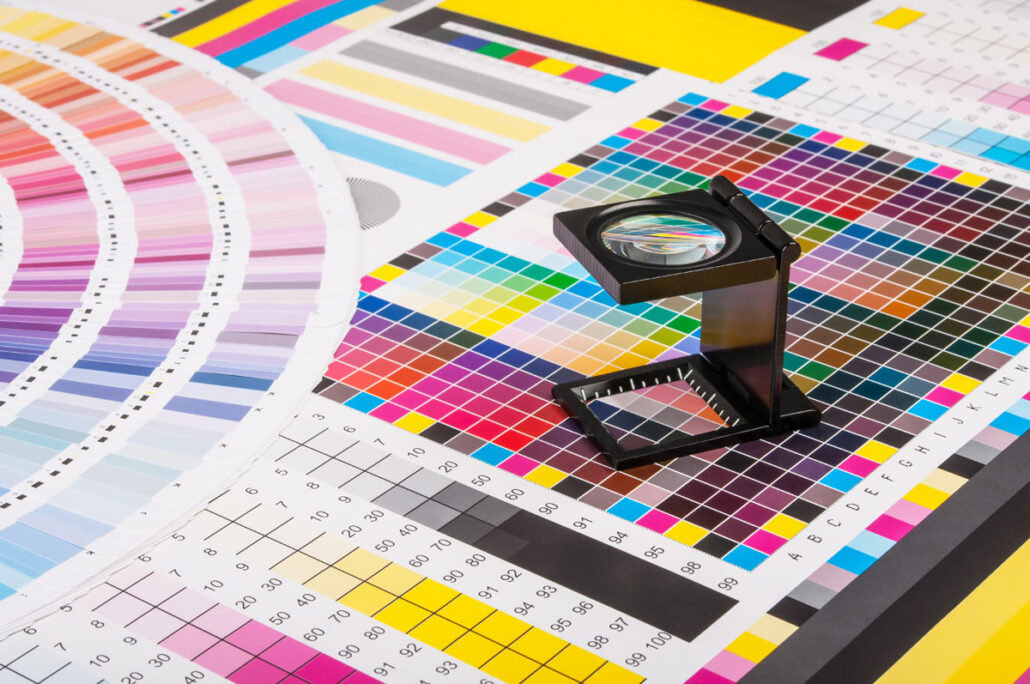
By Archives Technician Shana Scott
What value does an archive or historical collection provide if it can’t be shared? Access and useability help bring a collection to life, allowing visitors and patrons to discover history that otherwise would be lost to them. But how do you provide that access and sharing while still preserving and protecting the original documents?
The answer is digitization, but not all digitization is equal. Knowing the different types of digitization and what solution works best for which assets can be overwhelming. You are in luck, our simple guide helps to define the jargon and an understanding of the different standards. We’ve broken it down for you.
Understanding Digitization Standards
Digitization standards are a set of guidelines and best practices that explain how best to convert physical media into effective digital formats. These play a crucial role in ensuring the consistency, quality, and interoperability of digitized materials. By following set guidelines, you can be sure that not only will your images be preserved properly, but they’ll be viable for any future projects you want to tackle.
There are several different guidelines accepted in the archival community—FADGI, Metamorfoze, and ISO—and which one you choose likely depends on where you live. Each provides clear and similar guidance on the best ways to digitize a collection for your specific needs.
By adhering to digitization standards:
- you can ensure that your digitized collection meets industry-recognized benchmarks, enhancing your credibility and facilitating collaboration.
- users will be assured that the collection is of sufficient quality to be readily accessed and understandable.
- you will know that your collection can be used in many different ways in the future.
These standards drive consistency, quality, and interoperability, which make up the framework of a good digitization program. When a collection meets certain standards, collaboration with other institutions becomes easier, as they will know the quality and usability of your digital collection without even viewing the images.
Archival Digitization Standards
The important thing to keep in mind when digitizing is how you intend to use the images now and for what uses you might have for them in the future. Most digitization standards have tiers of quality, with specific levels considered archival quality. This allows the guidelines to be applied to a wide variety of organizations and acknowledges that not every project requires the highest-level, most accurate image possible. If you’re only using the images to create a quick visual reference to help identify items in your collection, you don’t need high-resolution, color accurate digital scans that can be zoomed in to see small details. By knowing what you need now and what you will need in the future, you are able to choose the best tier for your organization. The digitization standards then inform what equipment, technical details, and output files will be needed for any digitization project.
Organizations can also choose which set of guidelines to follow. The three major guides are the Federal Agencies Digital Guidelines Initiative (FADGI), Dutch National Programme for Preservation of Paper Heritage (Metamorfoze), and the International Organization for Standardization (ISO/TC 42/JWG 26). FADGI is most commonly used in the United States, while Metamorfoze is used more in Europe. ISO is the internationally recognized standard, though all three guidelines match closely with each other. Which one you choose is ultimately a matter of preference unless a specific guideline is required by your institution.
Digitization standards are about more than image capture. Metadata is the unseen data attached to an image that helps identify it, either by names, dates, keywords, etc. These standards are often included to facilitate ease of access and consistent use across organizations. When metadata is based on a standard format, such as Dublin Core, images can be searched the same way across many institutions, helping both employees and users.

Guidelines for Digitizing Projects
Collection
The collection itself can determine a lot. What types of materials need to be digitized? What condition are they in? What will you do with the files? Someone who needs to digitize a rare book collection will require different standards than someone who just needs loose papers digitized for OCR.Equipment
Once a collection’s needs are identified, it’s time to figure out what equipment can meet those requirements. A general office flatbed or auto-feed scanner can’t reach the color and lighting standards necessary for 3- or 4-star FADGI but may be fine for a project that does not require high accuracy as long as any text is clear and readable. When choosing equipment, some things to consider are:- camera and lens sophistication/accuracy
- lighting
- material handling capabilities
- resolution required
Quality Control
No digitization project is going to be without error. This is why it’s necessary to review scans for completion and ensure that the images meet the chosen standards, taking into consideration the needs and equipment used. Depending on the level of accuracy required, more than one QC pass may be needed.Metadata
The metadata included with a digital collection can depend on the institution or industry creating it. Dublin Core, METS, or PREMIS all have thorough metadata sets that create functional search criteria for a digital library, but organizations should learn if their specific field requires a more specific data set to be useful to users.
Electronic Access and User Experience
For many organizations, whether public or private, digitization is the means to provide access in new and expanded ways. Physical collections have too many limitations for public access. Being in only one location, possibly difficult to reach, can severely reduce the number of people who can utilize a collection. Items at risk of damage may also need to be restricted from public use to preserve the item itself.
Digital collections can be the answer to those problems. Electronic access allows you to open your collection to a worldwide audience or a select one, should you need to restrict access to your materials based on certain conditions. It also enables easy monetization through subscriptions or reprint requests.
Often digital collections prove to be more advantageous to users than the physical items. High-resolution images can be zoomed in to a substantial degree for easier reading or close examination of the materials. A collection with thorough metadata or full-text optical character recognition (OCR) also allows for easier searching. Automatically getting search results for the exact word or phrase you need makes a digital collection more efficient compared to a physical collection.
The best part of a user-focused electronic collection is that as people use the collection more and more, they can provide feedback on functionality or missing features that could improve its design. Electronic collections are not static; they can be added to and continually improved to provide the best user experience possible.
Future Trends and Challenges
The field of digitization is evolving as technology offers more detailed and accurate means of capturing and conveying a physical item. With 3-D scans, fully interactive models can be rotated by users to get a more accurate representation of the shape and texture of an object, while spectrophotometry can reveal what’s hidden beneath the surface level of a painting—it could even be another painting!
As technology progresses though, so does the cost, complexity, and training required to have a compliant digitization program, regardless of which guidelines you choose to follow. The cost of equipment, personnel, and time spent needs to be weighed against the cost of outsourcing to a vendor that provides all those things. It may not be cost effective to do on your own.
Anderson Archival strives to stay current with all new standards, best practices, and technology to assist our clients with their digitization needs. Our recent acquisition of a Digital Transitions Versa scanning platform and Phase One camera has expanded our services to include wide-format materials with clear and accurate capture. Our archivists make sure we’re current with all trends in the archival community so that we provide a tailored service like no other.
Looking for ways to bring your collection into a functional digital environment but aren’t sure how to make sure it’s up to snuff? Give us a call and we can help you develop a digitization plan that will serve you both now and into the future!






